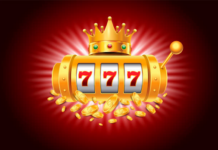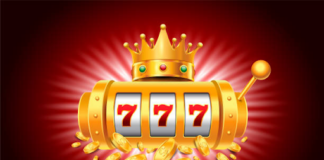frequency of a given number of items (eg. the number of people who eat breakfast).
Frequency is a measure of how many occurrences of a given item there is in the population. So, if we want to know how many people have breakfast, we can use the frequency distribution.
Frequency distribution is one of the more common ways to summarise a large amount of data. By dividing the population into smaller groups (say 100 people/group) and then looking at the frequency distribution you can see how many people are actually eating breakfast.
Frequency distribution is a way to summarise all the meals that each person in the population eats, so it can give a quick overview of the distribution of meal times.
Frequency distribution is useful in situations where you have a large number of people and want to know who is eating a particular meal. If you know you only have 100 people, you can start to get an idea of the distribution of the meals.
In the real world, many people don’t get to eat breakfast, lunch, or dinner. It is common for people to skip meals when they’re out and about or when they’re traveling. The frequency distribution gives a quick overview of what people eat throughout the day. It’s useful for people who might be traveling on a business trip or for anyone who is eating out or going to work. It’s easy to see how popular certain restaurants are, or exactly where the most popular bars are.
The frequency distribution is a really neat way of visualizing data. The table above illustrates that the most popular restaurant in San Francisco is the Jack in the Box, and the most popular bar in San Francisco is The Crown. The distribution shows that people eat breakfast at Jack in the Box more often than at The Crown. In the above table, the bars are ordered based on the frequency of use, so the bar closest to the center of the table has the highest frequency of use.
This table is a really cool way to visualize how people order food, though it doesn’t show much in the way of data. The most popular restaurant in San Francisco is the Jack in the Box, and it has the highest order frequency. It’s at the end of the table because it has the highest frequency of service.
This is a pretty cool table because it lets you easily sort out the data without going through a complicated process. In fact, the easiest way to do this is by clicking on the name of a restaurant in the table. But the table has a lot more data in it, including the percentage of people that eat there. Its a really fun way to visualize the data.








